Reading Is Power! Where and How to Solve Go Problems
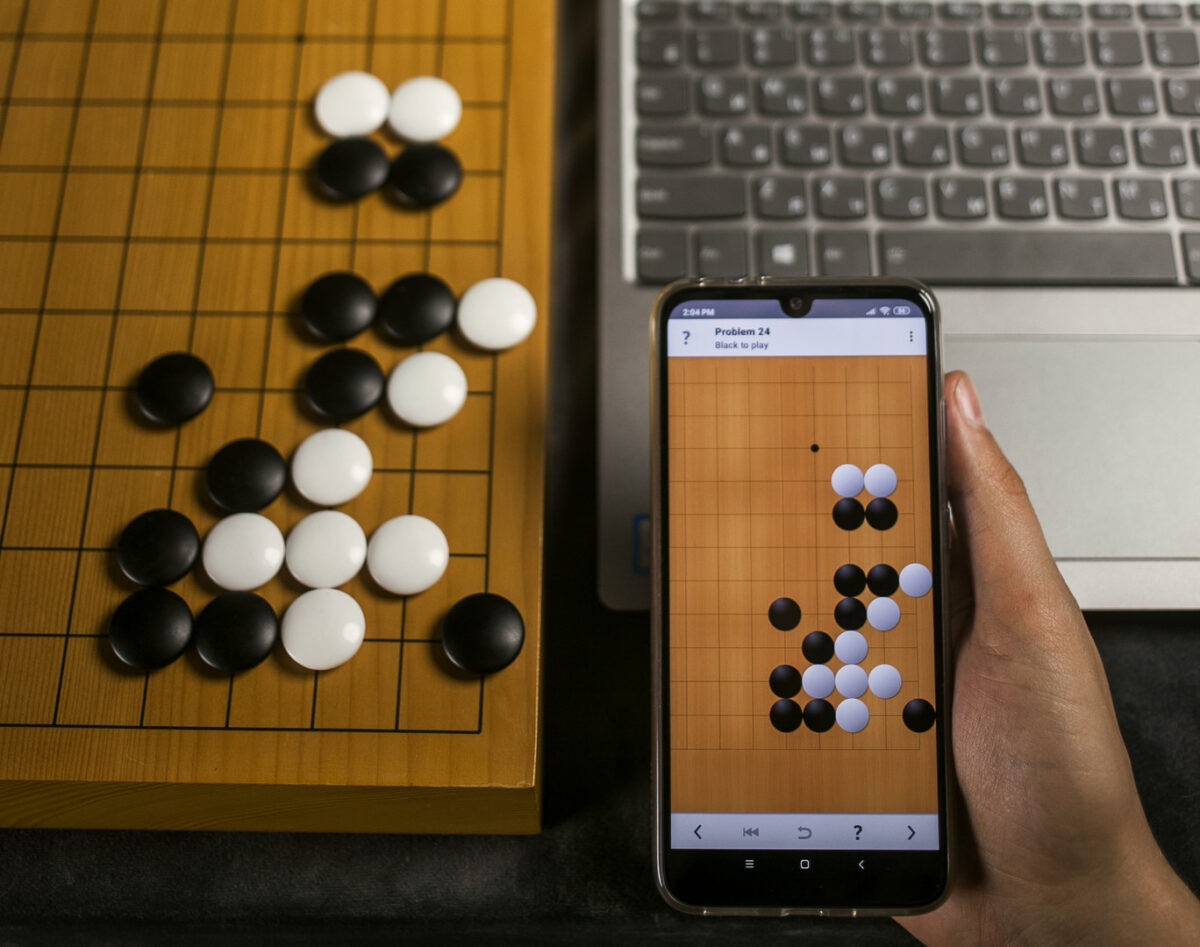
If you like solving Go problems or you’d like to start getting yourself used to this fine activity, you might just as well do it in the specially designated place on Go Magic. An entire Tree of Skills is growing there. It is watered regularly and you can see new branches grow on it every now and then. The problems are all sorted into categories which is very convenient for dealing with individual gaps and flaws in one’s knowledge.
But what can you do if you just want to solve more problems, if you need more intense training? Tsss, let me share a few other options with you, but that’s going to be our secret, ok? I’ve been solving many problems from books, on websites and in apps. It turns out that the most convenient option is doing it on your phone. Why? Because nothing beats solving problems “everywhere, all at once”!
Let’s start with some app suggestions and then I’ll share some strong players’ advice on solving problems with you.
Go Problem Apps Overview
Tsumego Pro
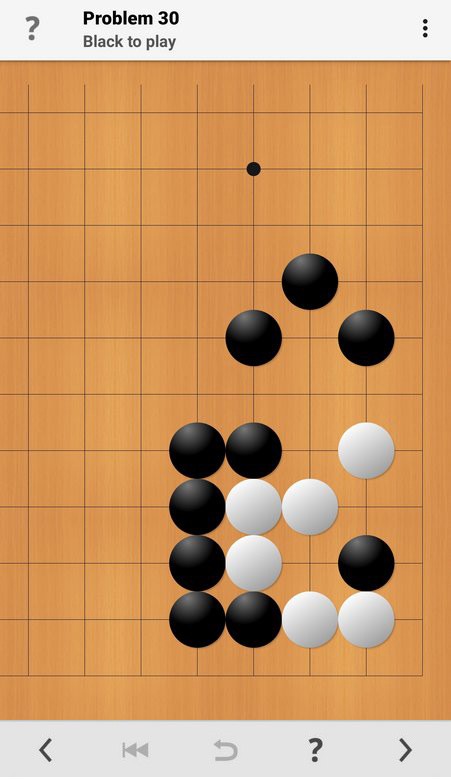
Tsumego Pro is perhaps the most famous Go problem app out there. It’s not entirely free but the payment is small and one time only. 2840 problems are divided into five levels. The first one corresponds to approximately 15–13k, the second one is 12–10k. I guess you can figure it out from here.
The easiest way of using the app is just solving daily problems. You get six of them every day, two easy, two intermediate and two hard ones.
You can also choose any of the problem collections and solve all of its problems one after another, just keep rowing that boat gently down the stream!
WBaduk
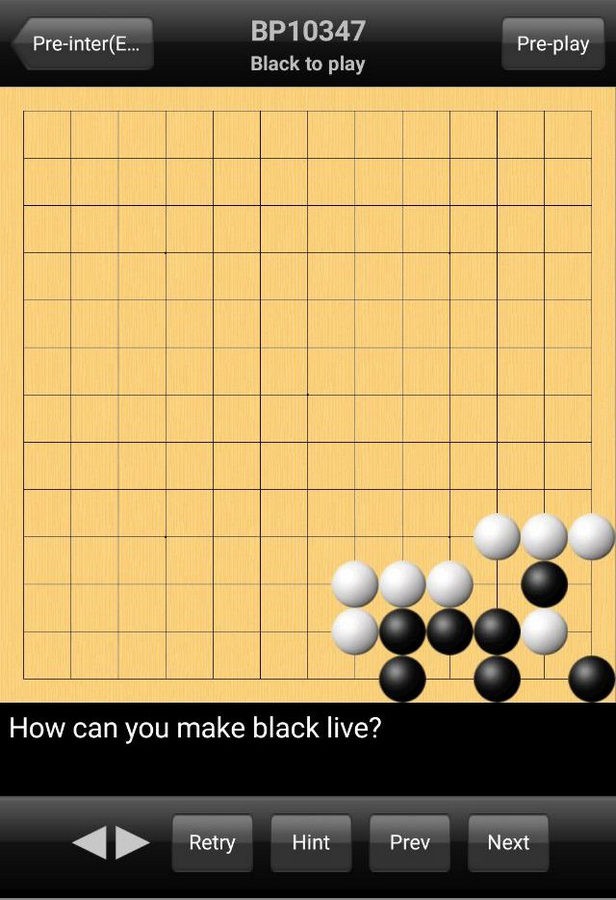
This is first and foremost a Go server but it has a good set of Go problems too. There are 2633 life and death problems in it. They are further divided into seven categories based on difficulty level, from beginner problems to dan level ones.
There is an android client as well but it will be slightly more difficult to use it. To begin with, it’s not listed on Google Play right now. And I haven’t found a way to download it from their official website. I’ve got the old 3.0.6 version installed from an apk-file.
Here’s the whole procedure, just don’t faint on me:
- First you need to install the desktop client and register an account in it.
- Next install the android client from the apk-file.
- As a guest you wouldn’t get access to the problems in the mobile client, so you need to sign in.
It seemed to be “slightly harder” but this is turning out to be an entire jungle adventure!
Both the desktop and the mobile clients are free. In my humble opinion these problems are well chosen and arranged by difficulty as indicated in the desktop client.
BadukPop

I was searching high and low and here is the result. Listen and rejoice, here is the new app — BadukPop! Let me ruin the moment with some bad news. The app is not fully free and the payments are quite big and periodical. However! The problem solving section is free to a certain extent and that extent is enough for some good training.
There are said to be over 4000 problems in the app, divided into 6 difficulty levels. Besides you can solve them in two different modes: rated and practice. In rated mode you will be given a set of five problems and one minute to solve each one. In practice mode you get to choose the difficulty level and the type of problems (life and death, tesuji, yose). The default time settings are still one minute per problem but in the paid version you can change that to two minutes or even unlimited time.
Solving Go problems with a time limit was a new experience for me. I realized that I had to change my approach to solution search. Without time pressure I would read all of the variations until I could find the right one. This is a good way to practice reading. However one minute is not enough for me to calculate every sequence and I’m forced to play a move based on intuition. I didn’t like this at first, because instead of perfecting reading skills this approach incentivizes making hasty and standard-looking moves. First, standard moves don’t work every time. And second, making hasty moves is one of my weaknesses and I don’t really want to stimulate it by solving problems.
On the other hand a time limit forces you to think faster which is important for real games. Especially for playing on byoyomi. All things considered, this app is very useful and I recommend it too.
You can find more suggested websites and apps for solving Go problems in useful links.
Advice from Go Masters
Cho Chikun, 9 dan pro

“What is the most fundamental skill in Go?
It is calculation. In the middle of a game, 80% is calculation, the rest is intuition. And for training this most important skill of calculation, life and death problems have the most value. In solving life and death problems, there is no leeway for incorporating intuition.
Though we think of a game as being quite a distance from calculation and life and death problems, a game will still come to a stage requiring fierce contact fights. At such times, your calculation skill will be most important. Even saying so, there are still those who teach beginners without teaching life and death problems or capturing races. They only teach fuseki, intuition and the logical order of moves, etc. This is totally wrong. It would be the same as teaching multiplication and division to children who have not even learned addition and subtraction.
Amateurs and even professionals often play moves that seem logical, not based on any calculation. Solving life and death problems can certainly fix this bad habit.
I recommend solving several simple problems every day. If you have an hour to spend on Go problems, then solving 60 simple problems having spent a minute on each of them is far better than taking on one massive problem that will require all 60 minutes. Generally speaking, it is much more useful to work through books in which you can solve 80% of problems rather than ones where you can only solve 20%.
What really sets professionals and amateurs apart is their calculation skills. There is no way of defeating a strong opponent without equally strong reading skills!”
Valery Shikshin, 4 dan, famous Russian Go teacher

Valery Shikshin edited many wonderful books. In a way of introduction to some of them he sometimes wrote practical suggestions.
The following quote is from Segoe Kensaku’s Tesuji Dictionary, published in Kazan in 2003.
“There are three kinds of weaknesses in Go: cutting points, bad shapes and vital points of such standard shapes as one or two space jumps, keima or ogeima. Searching for a possible tesuji is based on two of such weaknesses. Attacking the first weak spot allows us to get some extra stones in sente, which we can then use to deliver a crushing blow to the other weakness.
You should learn to find the first move quickly, at a glance, just by looking at available shape defects. It’s important to be able to read all tesuji variations as quickly as possible.
Solving problems in a book is one thing, but discovering and solving the same problems in an actual game is very much different. If it takes you a long time to solve a problem, then you will surely miss this tesuji in your game. That’s why we have approximate time standards for different kinds of problems: 1-5 moves – 10 sec or less, 5-15 moves – 30 sec or less, complex ones – 120 sec or less. If you can solve them within these time limits, then your reading ability is good. If not, then you need to practice more.”
James Davies, 5 dan
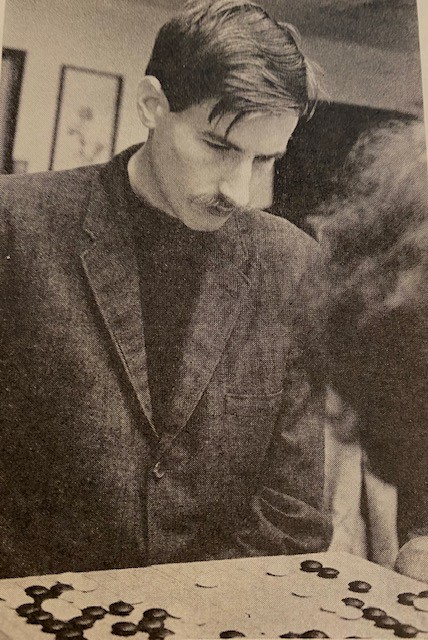
The following idea can be found in his book on life and death.
“A typical life and death problem looks like this: white to play and capture black or white to play and live in ko. In an actual game however there is nobody around who will give such hints to the players. It is then up to the players themselves to determine the status of all the stones on the board.”
James Davies then suggests asking only one thing before a problem: “what’s the status of this group?” The correct answer then should contain the status in sente and gote. For example, the group is alive in sente and dead in gote. If the stones are alive in seki or ko, the reader needs to indicate that as well.
Alexander Dinerstein, 3 dan pro
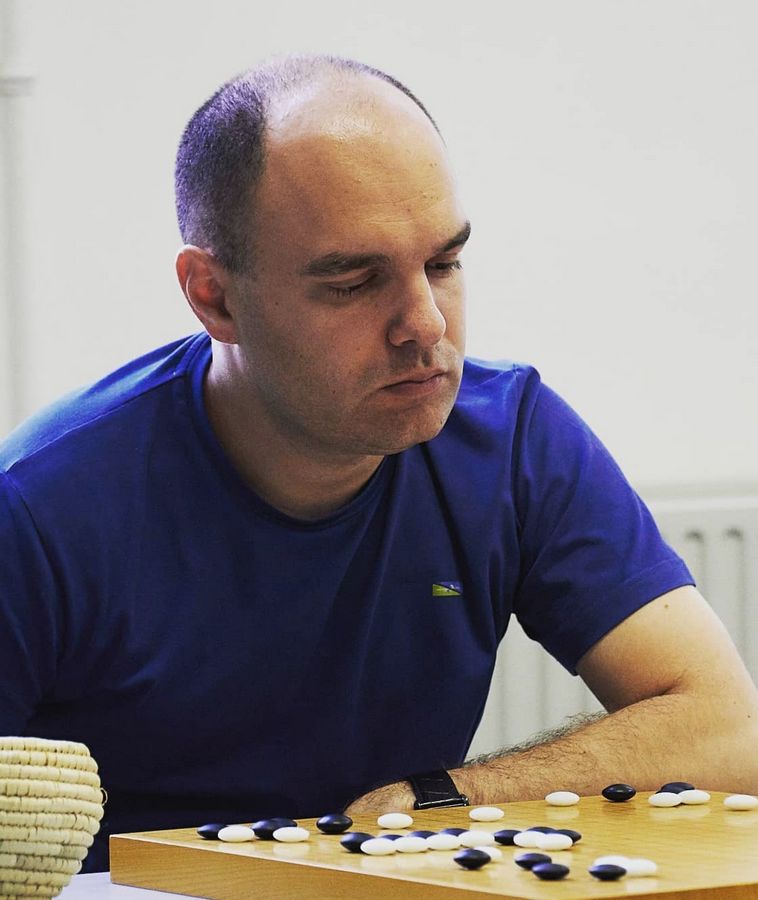
“Solving life and death problems can be really hard, but there is no need to choose the most impossible ones. Your best choice is a book in which you can solve 2 problems out of 3 without spending over 5 minutes on any of them. If 5 minutes are not enough, it means that the problem is too hard for you. Check the solution without hesitation but mark this problem and don’t forget to solve these marked problems again after a while.
Even looking at the answer and playing it out on the board can be useful. There are moves out there that are impossible to even imagine. This way you’ll remember them and it will be easier to find them in your games next time.”
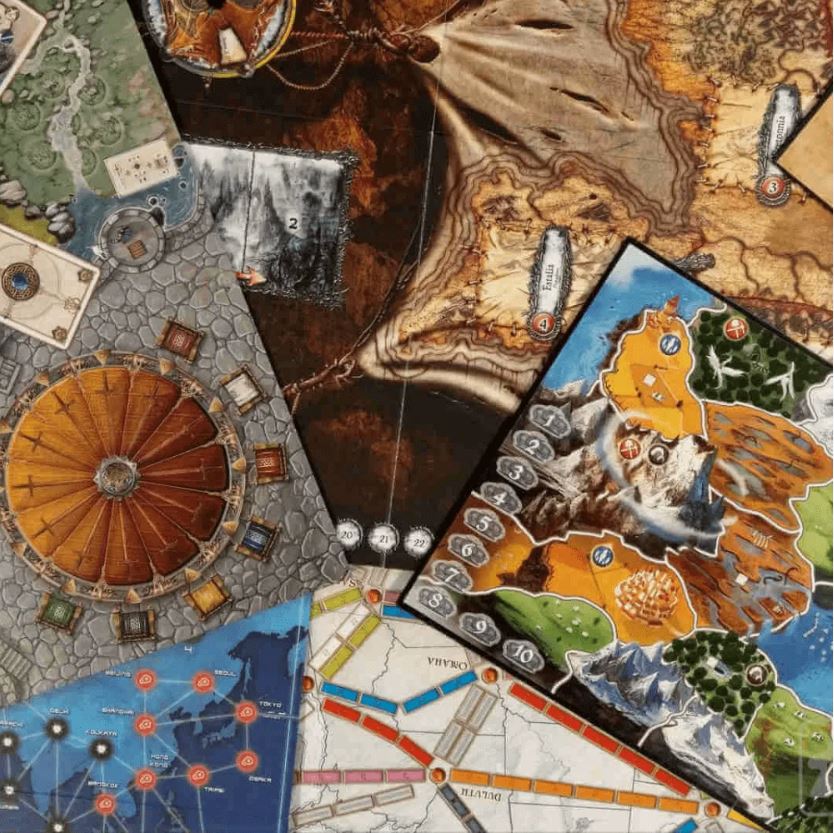
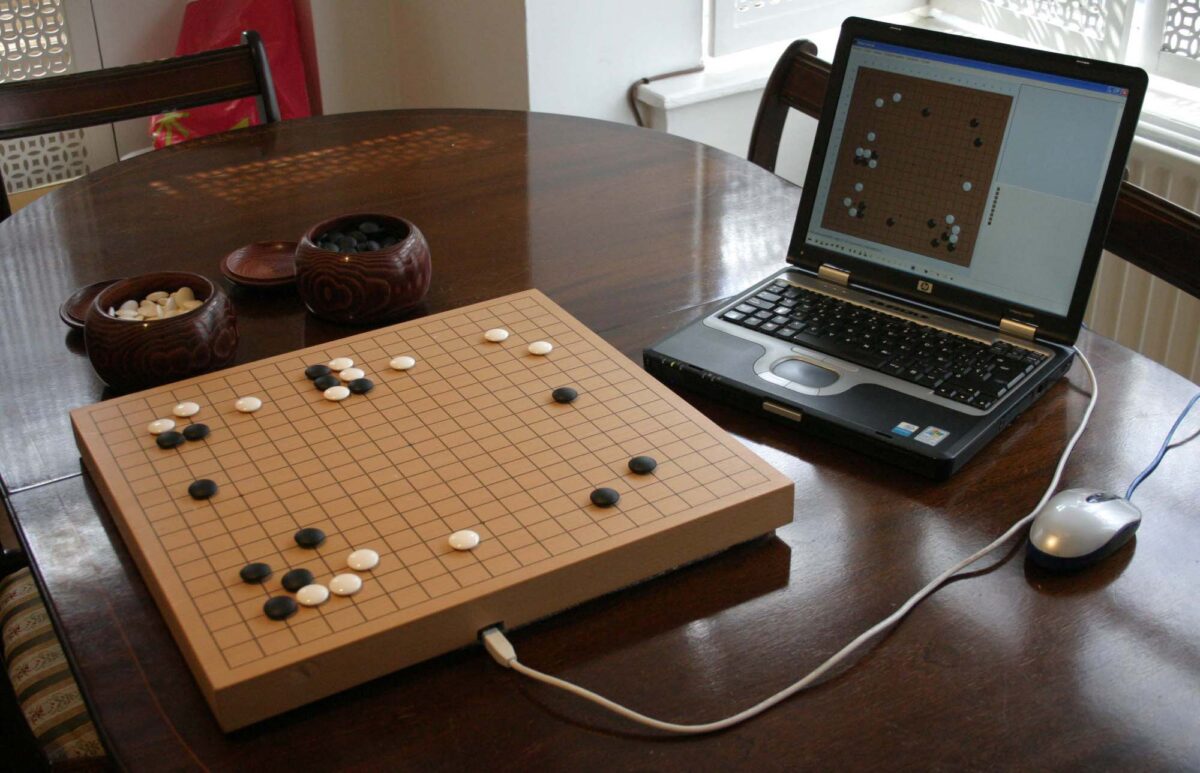
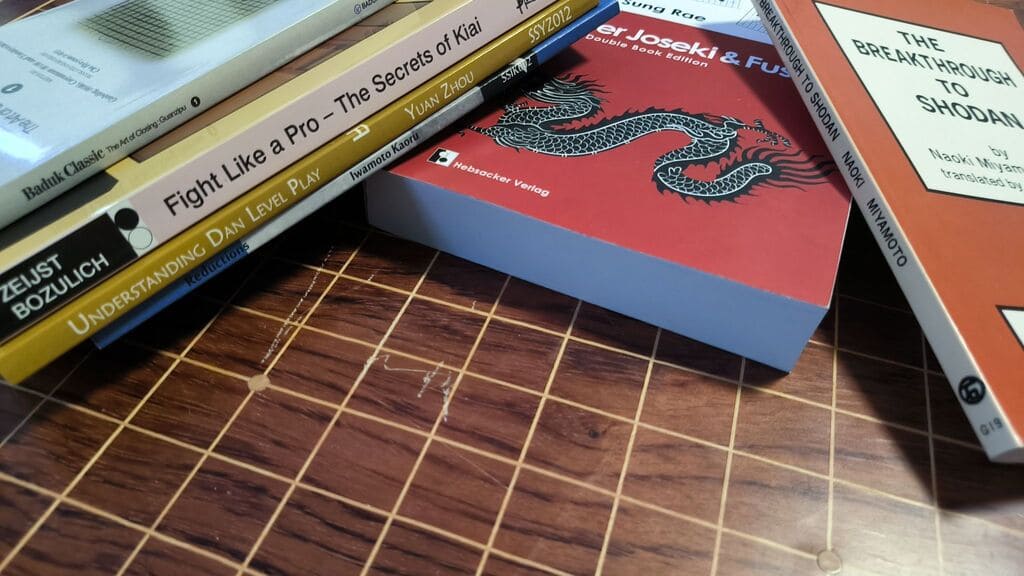
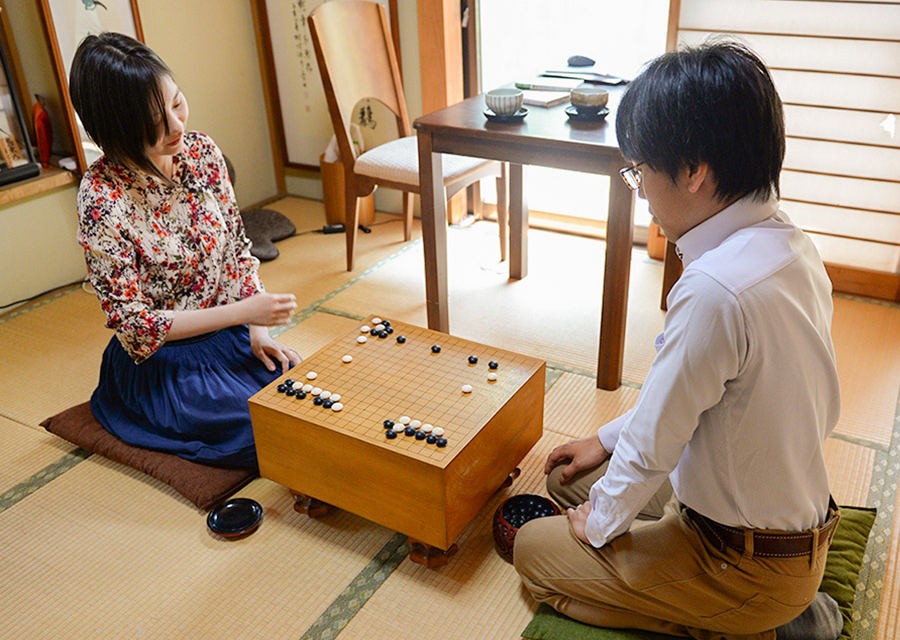
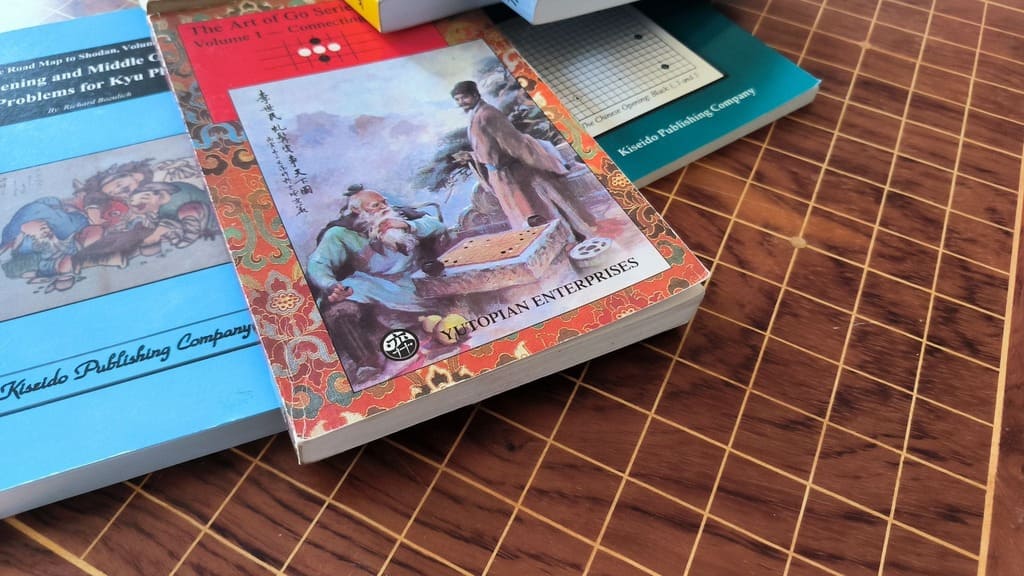
Quotes from the pros are very interesting!
I use Tsumego Pro to solve daily problems or occasionally go through a collection at some level. The free version is still good for a beginner but the extra problems are well worth the payment.
Excellent tips for beginners like me. Thanks
Thanks for the praise. I hope to write something else useful about problem solving.